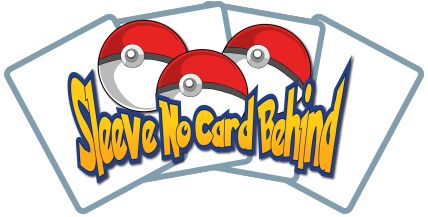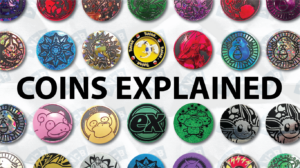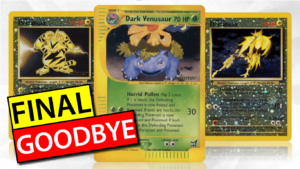Holographic Pokémon Card Guide
-
By: Oliver Copeland
- Published:
- Last Updated: February 4, 2024
If you’re not a Pokémon card enthusiast, you might not know what holographic cards are. Some refer to holographic cards simply as ‘holos’, ‘holofoil’, ‘foil’, or sometimes ‘hologram’ cards. If you’re new to the hobby, don’t worry, we’ve got you covered with an in-depth guide to holo Pokémon cards and how they work!
What is a holographic Pokémon card?
If you’ve ever handled Pokémon cards before, you probably remember seeing some that are shiny like a piece of foil. These cards actually have a very thin layer of aluminum underneath a layer of lacquer. The irregular textures of the aluminum diffract the light, creating a beautiful full spectrum of colors to shine off the card.
In 99% of cases, holo cards are worth more than non-holo cards.
One reason for this is the rarity of holo cards. Vintage booster packs did not guarantee a holo card ‘hit’ in each pack. As a kid in 1999, you’d have to be very lucky to pull a holo card. In modern booster packs, there is a guaranteed reverse-holo in each pack. This brings the value of most reverse-holos down but makes for a better pack opening for consumers.
Holographic Pokémon cards from the late 90s and early 2000s only fall into two categories: Holo and reverse-holo. A regular holo card constricts the holo effect to the illustration box of the card. A reverse holo is when most of the card is holo, and the illustration box is not.
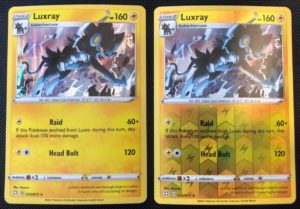
Modern Pokémon cards are much more complex, some not falling into the holo or reverse-holo columns. Full art, alternative art, trainer showcase, and many more types of cards utilize the holofoil layer in new ways.
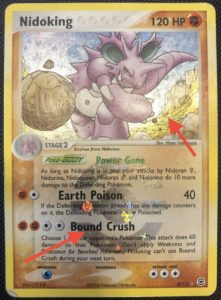
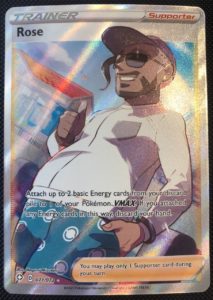
Interestingly, since metal is usually a heavy substance, some Pokémon booster packs can be weighed. The heavier packs have a holo card in them, while lighter ones do not. This is an issue when it comes to vintage booster packs.
The Pokémon Company has resolved this issue with the introduction of code cards in 2011, but they of course can’t go back in time and alter the vintage booster packs on the second-hand market.
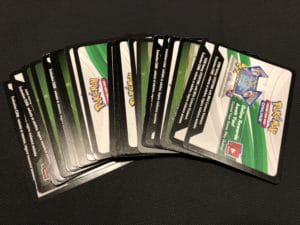
Are holographic cards valuable?
It depends.
There are a lot of valuable cards in the world of the Pokémon TCG, and most of them are holos. However, not all holo cards are valuable, in fact, most are not.
If you want to know if your holo card is valuable, you’ll have to properly value your card yourself. We have a great step-by-step article here if you want to learn how.
If your holo card has a 1st edition stamp, it is probably valuable.
First edition Pokémon holographic cards
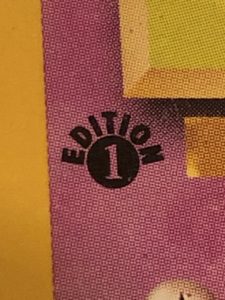
Modern Pokémon cards no longer have 1st edition stamps, but vintage cards can.
When a new set was released, the first print of the cards had a small black stamp at the lower-left corner of the illustration box that said ‘1st Edition’. This little stamp makes the card extra-rare and much more valuable than its unlimited counterpart. Not just holo cards can have the stamp, but regular ones too.
If you are searching for the carn online and it has a 1st edition stamp, don’t forget to type it in!
Are all Charizard cards worth money?
Any Pokémon card conversion eventually leads to Charizard.
Most people are now aware that a Charizard from 1999 can be a very expensive card. Are all Charizards worth a lot? Well, not exactly.
The Pokémon Company is well aware of Charizards popularity and keeps printing new Charizard cards on a regular basis. This is fun for collectors but can be deceiving for beginners because people tend to gravitate towards Charizard and pay a lot of money.
Not all Charizard cards are expensive. Some modern Charizards cost less than $1.
However, any Charizard card from the old sets is worth a pretty penny. And don’t forget about that 1st edition stamp.
Final thoughts
Holographic cards are a staple in Pokémon card collecting. If you’ve got some, make sure you sleeve them! The most important factor in a card’s value, short or long-term, is condition. Card sleeves help protect cards.
